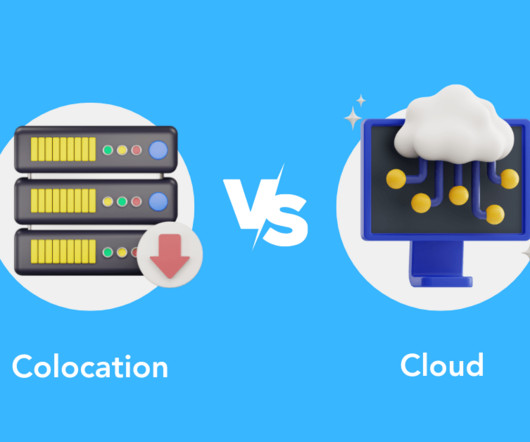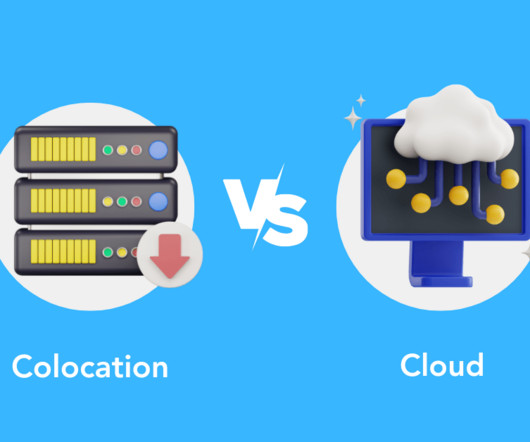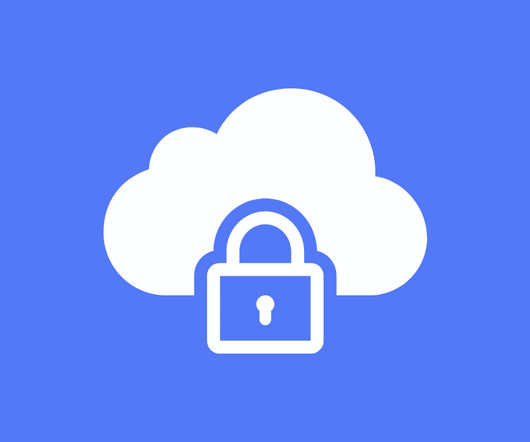5 Ways Moving to Edtech Cloud Hosting Can Benefit Your District
PowerSchool
FEBRUARY 22, 2021
Additional benefits include freeing your administrators to devote more time to helping students and increased flexibility and scalability as technology continues to expand. . Additionally, cloud-hosted environments are more scalable and agile than on-premise servers. Data Backup and Disaster Recovery.























Let's personalize your content